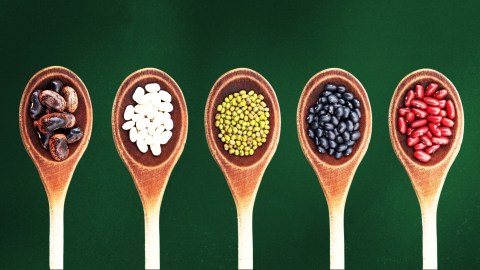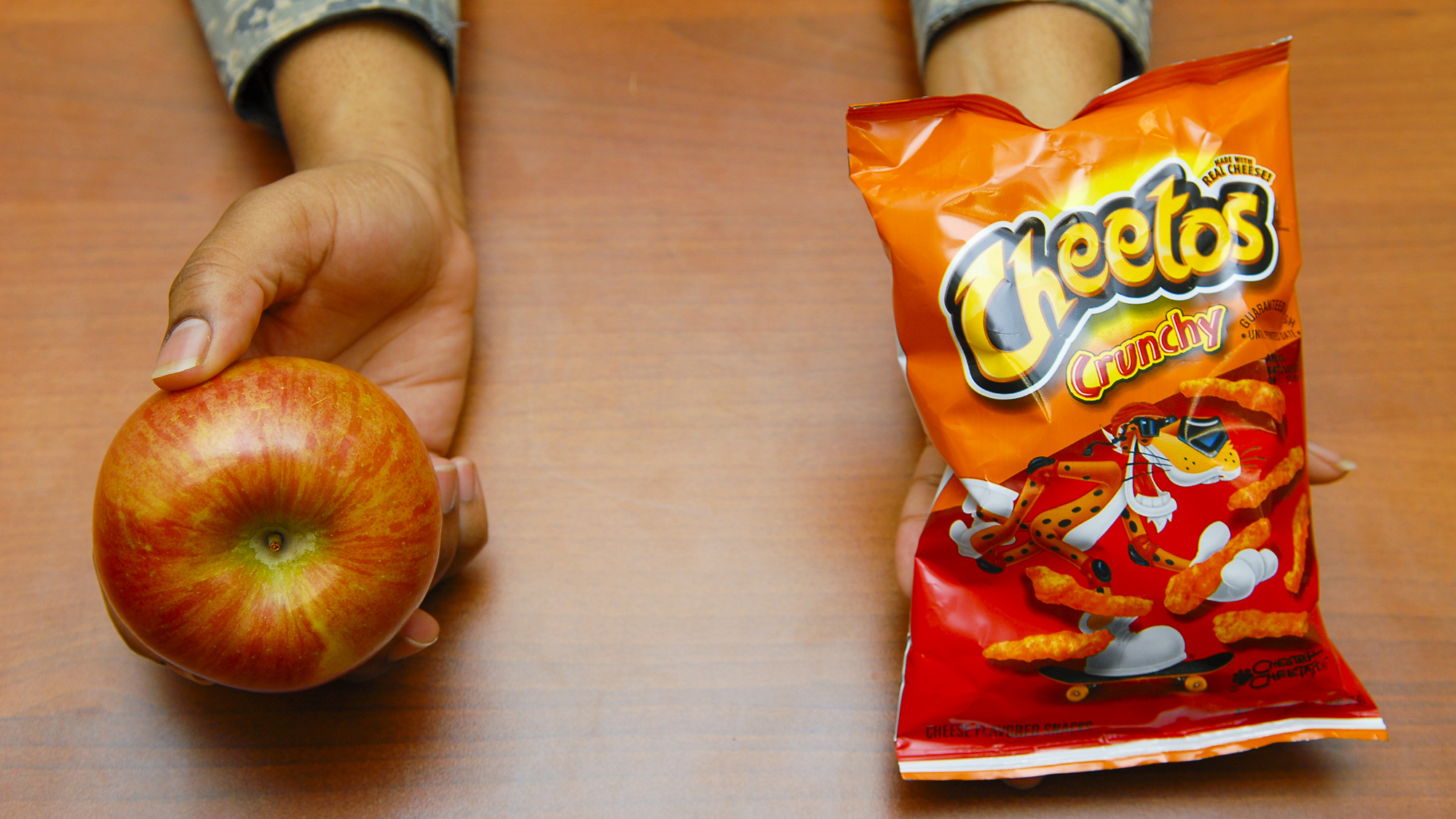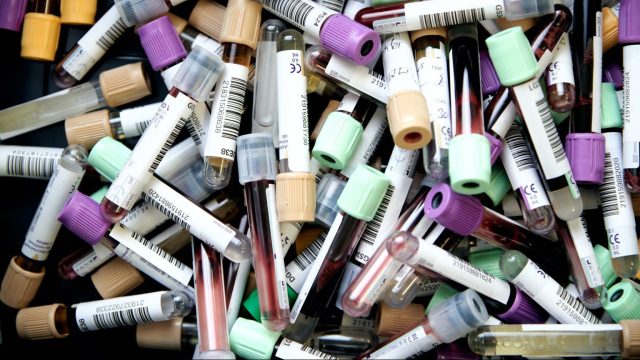Americans are ignoring the one true “superfood”: Pulses

- “Superfoods” are nonsense. No specific food can single-handedly propel you to super health, but there is one food group that comes pretty darn close: pulses.
- Popular pulses include chickpeas, beans, lentils, and peas. Their regular consumption is associated with reduced rates of obesity, heart disease, and overall mortality.
- Legumes, the plants that produce pulses, also fix their own nitrogen from the air. This means that they require vastly less fertilizer than other crops.
Let’s get one thing straight: The concept of a “superfood” is nonsense. It’s a marketing term conjured up to peddle exotic foods like açaí berries and expensive supplements. In reality, no specific food can single-handedly propel you to super health, but there is one food group that comes pretty darn close: pulses.
A passion for pulses
Popular pulses include chickpeas, beans, lentils, and peas. You probably know these better as “legumes,” but that term is technically incorrect. As Harvard University’s Nutrition Source precisely states, “A legume refers to any plant from the Fabaceae family that would include its leaves, stems, and pods. A pulse is the edible seed from a legume plant.”
Pulses have a terrific nutritional resumé, providing lots of protein and fiber, as well as various vitamins and minerals like iron, zinc, folate, and magnesium, along with anti-carcinogenic phytochemicals. Research suggests that these impressive credentials translate to real-world health health benefits.
A study of more than 8,000 American adults found that regular bean eaters had a 22% lower risk of obesity. Another that followed close to 10,000 men and women for 19 years found that subjects who “ate legumes 4 times or more a week had a 22% lower risk of heart disease and 11% lower risk of cardiovascular diseases than those who ate legumes less than once weekly.”
Likewise, a 2004 study that monitored the diets of 785 subjects over age 70 for seven years found a 7% to 8% reduction in mortality risk for every 20-gram increase in daily pulse intake. No other food group — not fruits, vegetables, or fish — came close to having that magnitude of health benefit. The researchers dubbed pulse consumption “the most important dietary predictor of survival in older people.”
Pulses are good for people and the planet
High consumption of pulses has also been proposed as an explanation for the “Hispanic paradox,” the epidemiological finding that, despite their relatively lower socioeconomic status in society, American Hispanics have the lowest death rates from cancer and heart disease.
Pulses’ outstanding nutritional benefits are matched by legumes’ (the plants that produce them) environmental benefits. They have an ability shared with only one other group of plants: They can fix their own nitrogen. Legumes have formed a symbiotic relationship with a group of bacteria collectively known as rhizobia. These microbes live in nodules on legumes’ roots, where they take in nitrogen from the air and turn it into usable ammonia for the plant. In return, the bacteria receive nutrients and energy from their hosts. This partnership means that legumes require far less fertilizer than other crops. Some, like soybeans and fava beans, require none at all. Less fertilizer means lower carbon emissions and vastly reduced downstream pollution in lakes, rivers, and oceans.
Considering that pulses are nutritious, sustainable, and inexpensive to boot (a 15-ounce can of beans can be purchased for under $2), you would think that they would be a staple of the American diet. But you would be wrong. Americans consume just 11.7 pounds per year on average, which is firmly trounced by the amount of beef we scarf down: about 55 pounds.
Partly as a result of Americans’ humdrum attitude toward pulses, only 5% of us consume enough dietary fiber, contributing to rampant constipation, rising colorectal cancers, and uncomfortable intestinal syndromes. Just one cup of black beans contains over half the daily recommended intake of fiber.
By eating more pulses, you’ll be doing yourself and your planet a gigantic favor.





